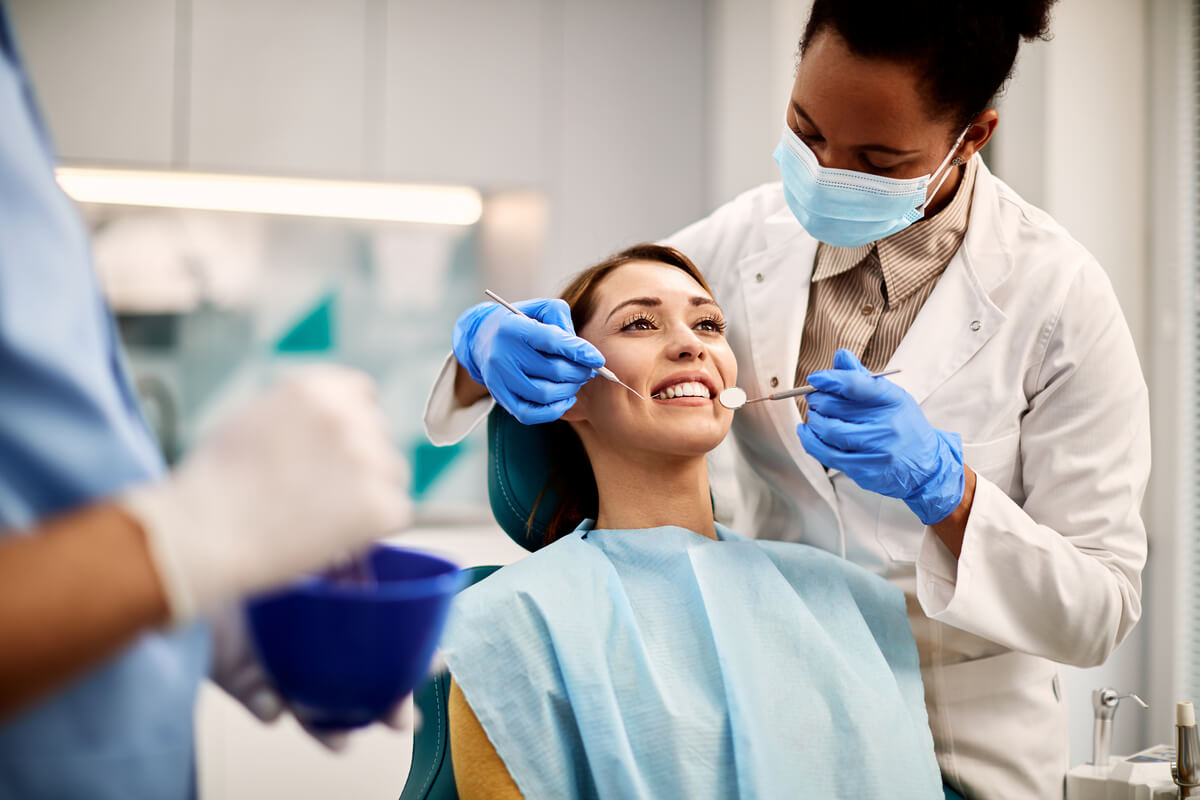Beyond Bleaching: Comprehensive Approaches to a Whiter, Healthier Smile
A dazzling, white smile is often considered a hallmark of health and beauty in the UK. While teeth whitening treatments are popular, achieving and maintaining a brighter smile involves more than just bleaching. Let’s explore a holistic approach to getting that coveted pearly white smile, combining proper oral hygiene, dietary choices, and professional treatments.
The Foundation: Oral Hygiene
Before diving into whitening treatments, it’s crucial to establish a solid oral hygiene routine. This forms the basis of a healthy, white smile.
Daily Dental Care
Brushing
Brush your teeth at least twice daily using a fluoride toothpaste. Use gentle, circular motions and pay attention to all surfaces of your teeth.
Flossing
Daily flossing removes plaque and food particles from between teeth, preventing staining and decay.
Mouthwash
An antiseptic mouthwash can help reduce bacteria and freshen breath.
Professional Dental Care
Regular visits to your dentist for professional teeth cleaning are essential. These appointments typically include:
Scaling and Polishing
Dental scaling and polishing remove tartar build-up and surface stains, leaving your teeth cleaner and brighter.
Oral Health Assessment
Your dentist will check for any issues that might affect your smile’s appearance or health.

Diet and Lifestyle Choices
What you eat and drink can significantly impact the colour of your teeth.
Foods and Drinks to Limit
Staining Culprits
Reduce consumption of tea, coffee, red wine, and dark-coloured berries, which can stain teeth.
Acidic Foods
Limit acidic foods and drinks like citrus fruits and fizzy drinks, which can erode enamel and make teeth appear yellower.
Smile-Friendly Choices
Crunchy Fruits and Vegetables
Apples, carrots, and celery can help clean teeth naturally and stimulate saliva production.
Dairy Products
Cheese, milk, and yogurt contain calcium and phosphates that help remineralise tooth enamel.
Professional Whitening Treatments
For more dramatic results, professional whitening treatments offer safe and effective options.
In-Office Whitening
Dentist-supervised treatments use higher concentrations of whitening agents for faster results.
Laser Whitening
This advanced technique uses light activation to enhance the whitening process.
Take-Home Whitening Kits
Custom-fitted trays with professional-grade whitening gel for use at home.
Beyond Whitening: Cosmetic Dentistry Options
Sometimes, whitening alone may not achieve the desired results. In such cases, other cosmetic dentistry procedures can help.
Cosmetic Bonding
Tooth-coloured restorations can cover stains or discolouration on individual teeth.
Advantages of Bonding
This procedure is quick, affordable, and can address minor smile imperfection fixes along with improving colour.
Porcelain Veneers
For a more comprehensive smile makeover, custom tooth facades offer a permanent whitening solution.
Veneer Benefits
Veneers can address multiple aesthetic issues simultaneously, including colour, shape, and minor misalignments.
Maintaining Your Whiter Smile
Once you’ve achieved your desired shade, it’s important to maintain it.
At-Home Care
Whitening Toothpaste
Use a whitening toothpaste a few times a week to help remove surface stains.
Touch-Up Treatments
Periodic use of at-home whitening products can help maintain your results.
Professional Maintenance
Regular Check-ups
Continue with your routine dental visits for cleaning and assessment.
Occasional In-Office Treatments
Your dentist might recommend periodic professional whitening sessions to maintain your bright smile.
A Word of Caution
While a whiter smile is desirable, it’s crucial to approach whitening safely and realistically.
Sensitivity Issues
Some people may experience temporary tooth sensitivity during or after whitening treatments. If this occurs, speak with your dentist about desensitising options.
Natural Limitations
Remember that everyone’s natural tooth colour is different, and not all stains respond equally to whitening. Your dentist can help set realistic expectations based on your individual case.
Achieving and maintaining a whiter, healthier smile involves more than just bleaching. By combining good oral hygiene, smart dietary choices, and appropriate professional treatments, you can enjoy a brighter smile that radiates health and confidence. Always consult with a dental professional before starting any whitening regimen to ensure the best and safest approach for your unique smile.

